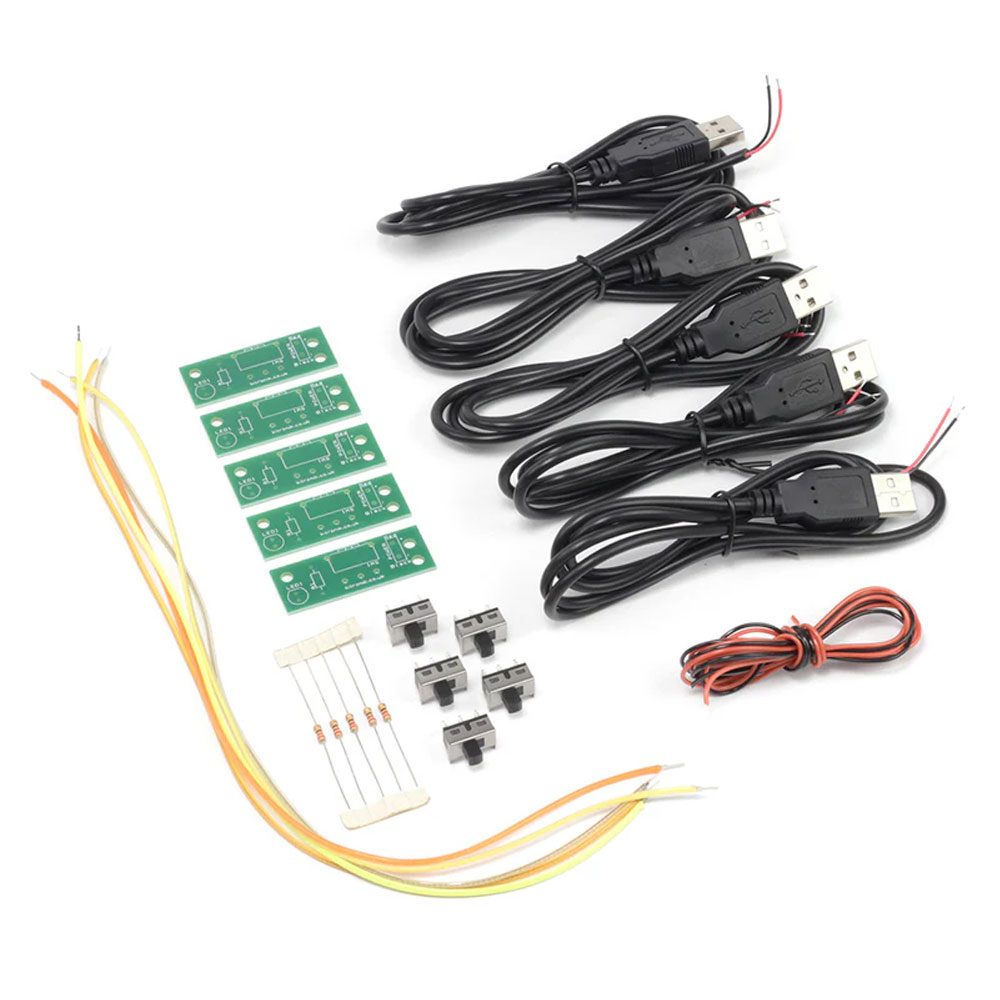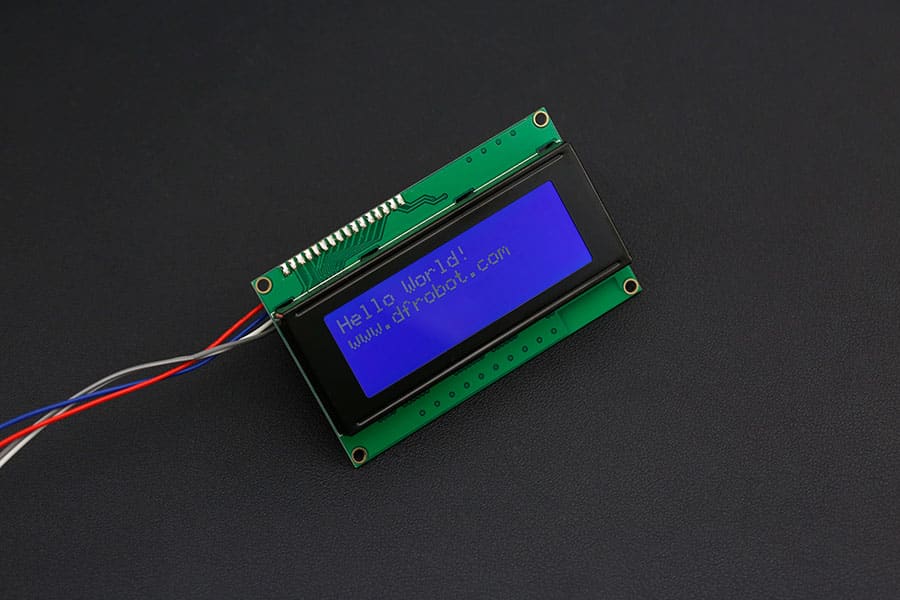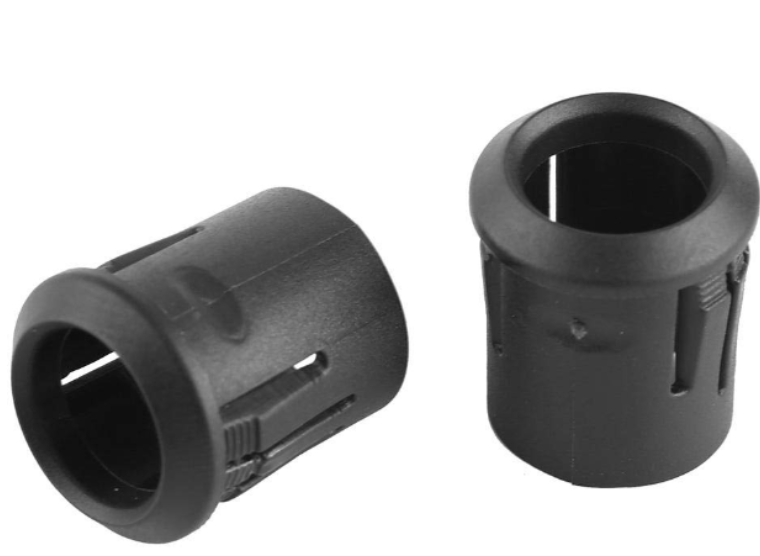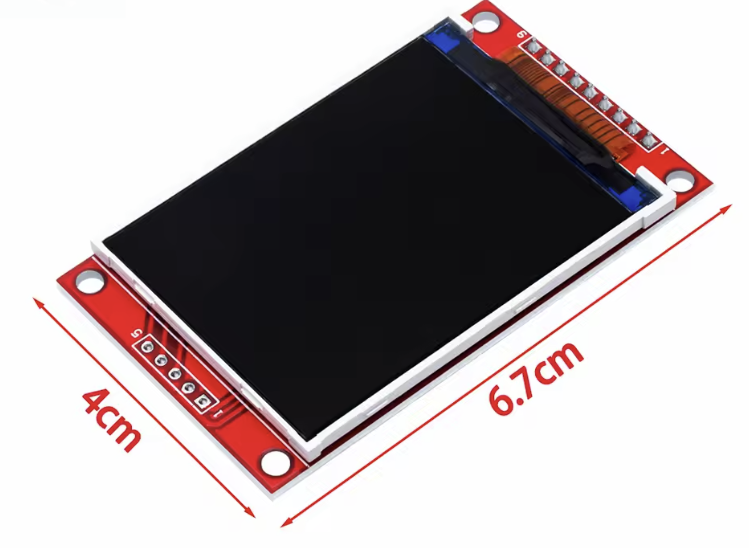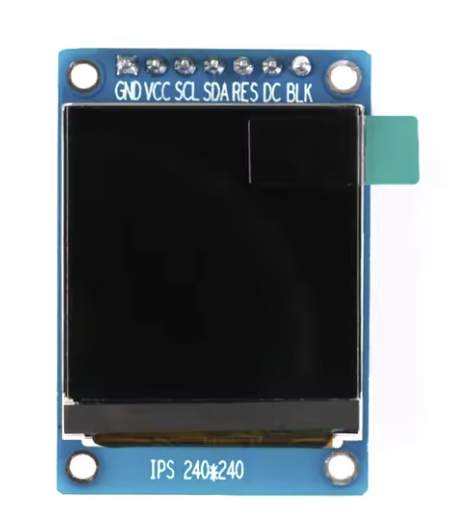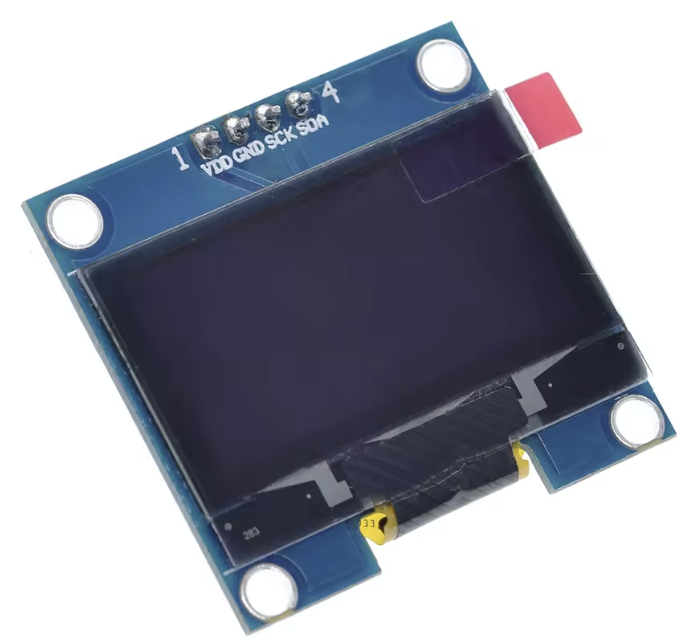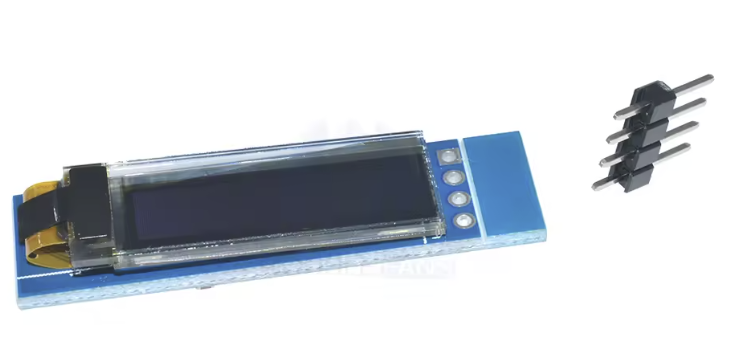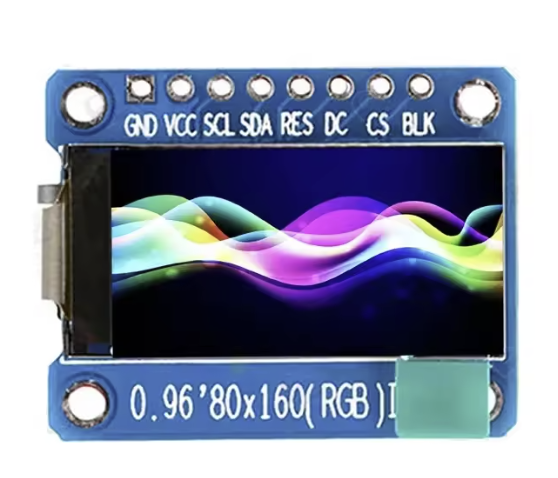5184+ reviews
Order by 16:00 for same day shipping
14 days return
EN
Individual
Business
Filters
Price
to
Colour
Sensortyp
LED / Display
LED / Display color
Arduino USB
Button color
Arduino WiFi
Display size
LED & Display
LEDs and displays are crucial in many electronic applications. They provide visual feedback and enable interaction. Whether it is a simple on/off indicator or a complete information screen. These components complete your project. We have a very wide range. From simple LEDs to advanced displays for microcontrollers. Whether you are a beginner or an experienced maker, there is always a suitable solution.
158 products found
Sort by:
What are LEDs and how do you use them?
LED stands for Light Emitting Diode. They are small semiconductors that emit light when current flows through them. They use little power, last a long time and switch quickly. There are different types of LEDs. The standard 3 mm and 5 mm models are often used as signal or status indicators. RGB LEDs can change color. They are ideal for visual effects or mood lighting.
Do you want dynamic lighting? Then choose addressable LEDs such as the WS2812 series. This allows you to control each LED separately. This enables smooth animations and color patterns. LED strips are also popular. They are easy to mount and suitable for larger surfaces or decoration. For functional applications, there are infrared LEDs. You can find them in remote controls and sensors, for example. Each LED has its own purpose. The right choice depends on the desired effect and the application.
What displays are there and what do you use them for?
In addition to LEDs, there are also displays for text and graphic display. A well-known variant is the 7-segment display. You often see this in clocks, counters or scales. For more possibilities, there are 14- and 16-segment displays. With these, you can also show letters and symbols.
Do you want to show text or simple animations? Then a dot matrix display is useful. OLED displays offer sharp images and high contrast. They are perfect for compact applications such as wearables or dashboards. Character LCDs such as 16x2 or 20x4 are affordable and easy to drive. Many projects still use them. For color and detail, choose a TFT display. With this you can create beautiful user interfaces or dashboards.
E-paper displays are energy efficient. They show information without continuous power. Ideal for price labels or weather stations. Each display type has its own advantages, depending on your project.
How do you choose the right part?
Choose an LED or display based on your goal. Consider the space, the connection and the desired interaction. For simple signaling, a standard LED or 7-segment display is sufficient. Do you want to show extensive information? Then choose an OLED or TFT display.
For LEDs, pay attention to color, voltage, power consumption and viewing angle. For displays, size, resolution and control are important. Many modern screens work via I2C or SPI. This makes them easy to connect to an Arduino or Raspberry Pi .
Are you just starting out? Then choose components with lots of online examples and libraries. This way you will learn faster and easily build your own application.
